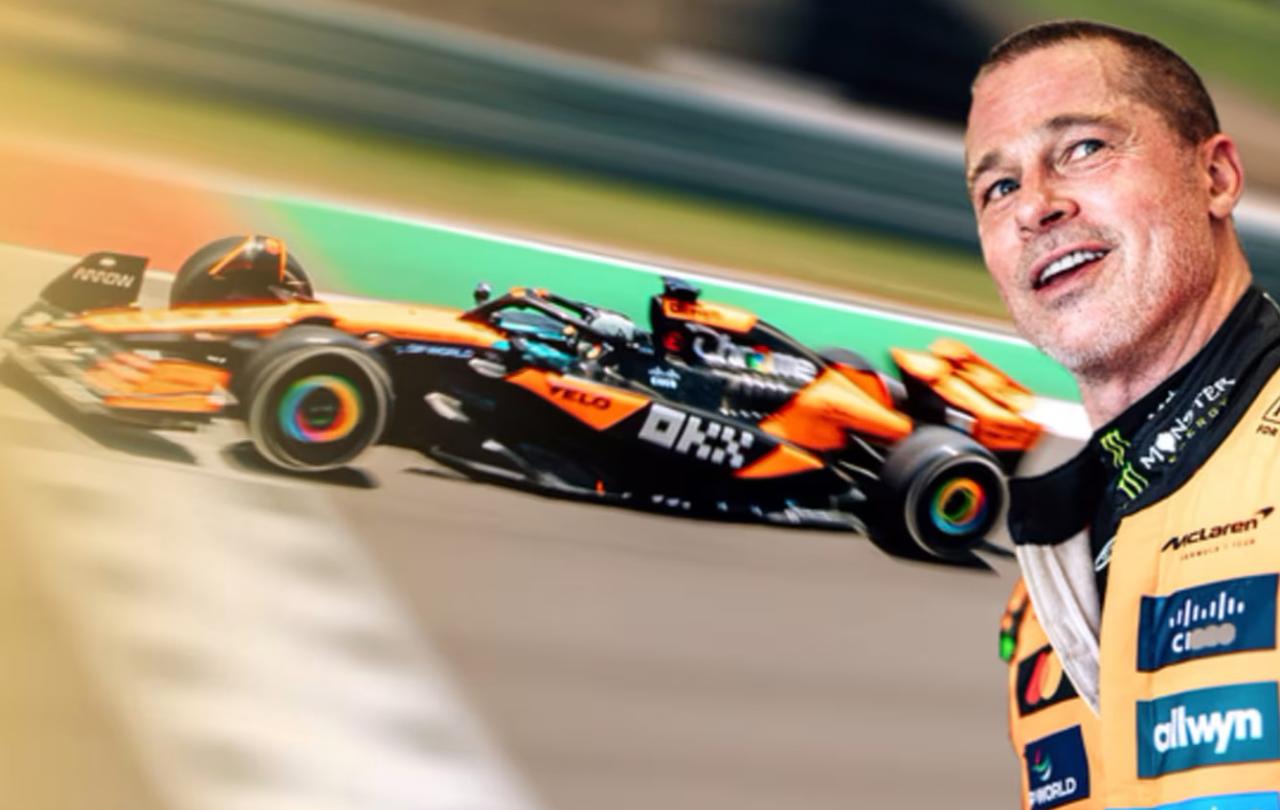
Our weekends between February to October are overtaken by a series of cars whizzing round a track. The Formula 1 season guides us through the summer months, taking us on a worldwide tour of cities. From Monaco to Barcelona to Las Vegas to Silverstone, these cars are steered onto our screens and hurtle through our comparatively slow lives.
Before marrying Jon, I would have never dreamed of spending many hours watching those cars driving fast across our TV screen. It is true, they are going unbelievably fast, with track speeds exceeding 200mph. These speeds somehow mean nothing as they are so far beyond my capabilities – I feel shocked at myself and a little shaky if I hit a sneaky 75mph on the motorway. However, nine years into our marriage and F1 has sped into my life and taken up residence. I now know some of the driver’s names: Lando, Max, Oscar, Lewis, and Charles. I know some of the teams, although I always seem to get Williams and McLaren mixed up. I know some of the tactics, something about a hard and soft tyre and timing a pit stop to perfection. Jon and I have even graduated this year to an F1 wall chart on which we track our favourite driver's progress.
Driving fast has always been of interest to sports fanatics. In fact, anything fast seems to pique our interest and catch our eye. F1 began with the world championship in May 1950 at Silverstone. And 75 years later, the celebrations include a new F1 movie with Brad Pitt in the driving seat.
I wonder whether the pace of racing mirrors something of our lives. We run frantically from one pitstop to another. We love to be busy, to squeeze people in, and race from one appointment to another. Perhaps we even push others out of the way in order to keep our own track position or race intention. Perhaps we are drawn to speed because it stirs something within us - a worldly pull to pursue excellence, a need for speed, a competitive edge to work or home or social situations. Maybe all of us want to get ahead, go for glory, and at the end of the day stand on the podium and lift the trophy. Imagine a life where we would willingly waste all that champagne!
Perhaps we more simply see something of ourselves in those crazy F1 drivers? We too are racers of sorts, navigating the twists and turns of life, taking the corners at speed and trying not to crash.
Our fascination with fast has very ancient roots. Nearly 2,000 years ago, St Paul talked about racing too. He wrote of running the race of life with perseverance and fixing our eyes of Jesus. If we can accuse the F1 drivers of anything, then we can accuse them of perseverance. Most F1 races take about 90 minutes. An hour and a half of sweaty, restricted, pressurised driving at serious speed against terrifyingly good competitors. And behind the scenes, away from the wheel, these competitors put in thousands of hours of mental and physical training to race these machines. This is what it looks like to race with perseverance. Maybe we have things to learn from them after all.
Support Seen & Unseen
Since Spring 2023, our readers have enjoyed over 1,500 articles. All for free.
This is made possible through the generosity of our amazing community of supporters.
If you enjoy Seen & Unseen, would you consider making a gift towards our work?
Do so by joining Behind The Seen. Alongside other benefits, you’ll receive an extra fortnightly email from me sharing my reading and reflections on the ideas that are shaping our times.
Graham Tomlin
Editor-in-Chief




